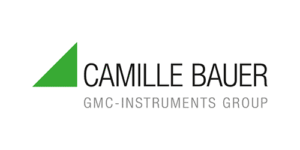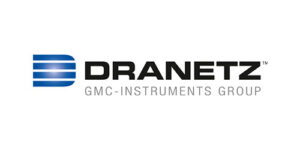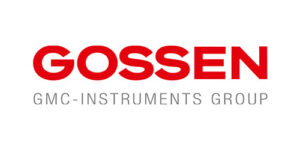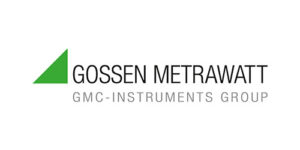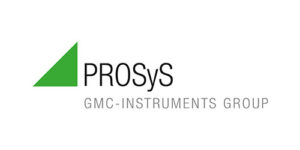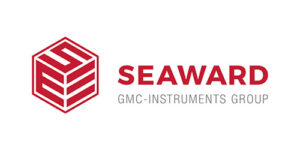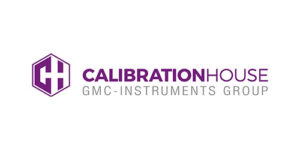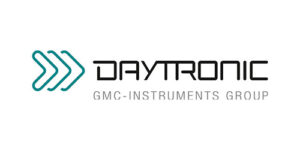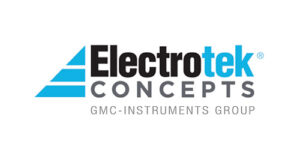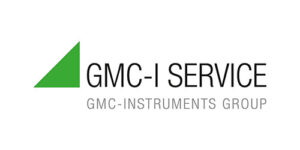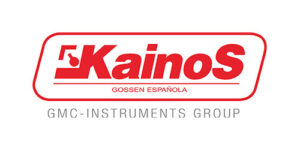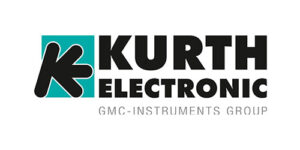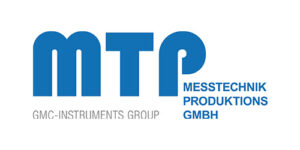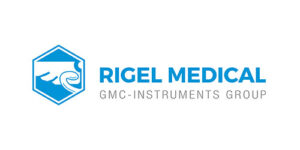Distributed Generation (DG) is a method of Demand Response (DR) which is available in select areas of the world. DG has significant implications to both the data center operations and overall profitability. DG is the basic act of relieving the utility grid of desperately needed electrical loads during system economic peaks or emergency situations by utilizing existing stand-by emergency power generators.
By utilizing backup generators to participate in DR programs, Data Center operators are finally able to realize a stream of cash flow for a very expensive investment that otherwise would only be used during low voltage, blackout or utility failure conditions.
Using backup generators has its upside and downside for DG programs, especially in a Data Center or High Tech facility where downtime is lost revenue.
- The upside: Typically backup generators allow for a larger participation value in the DR programs, thus generating more revenue for the company. With proper switching and monitoring equipment, some larger generator system can export power back to the utility grid to gain even more economic benefit. Additionally exercising the generators with load, the transfer switches, and emergency backup procedures ensures that any mechanical issues can be addressed before a “real” emergency happens. Utilizing the Dranetz ES230 family of energy monitors and the Encore Series Software allows companies to verify their energy reductions, generator output, achieved load, and overall benefit to the bottom line and surrounding community.
- The downside: For those facilities with critical or sensitive loads, the act of switching from commercial power to backup power can potentially cause erratic behaviors on computer systems, life safety equipment and general business operations. These impacts can only be realized with adequate Power Quality monitors like the Dranetz 61000 Encore Series, which detail what happens to the electrical system during transitions from commercial to generator and back again. As a result of having this vital data, companies can install and make necessary improvements to limit or eliminate these switching impacts—ideally all of which are paid for by the DG/DR revenues.
Distributed Generation as a Revenue Stream
Facility operators are separately compensated by the utility, transmission operator, or Independent System Operator (ISO) for their ability to perform load reduction, and typically for their actual performance when called to do so. This revenue can then be utilized to offset or fully pay for maintenance, upgrades, or other energy reduction programs that otherwise would not have been possible. Utilizing the Dranetz ES230 family of energy monitors and the Encore Series Software allows companies to verify their energy reductions, generator output, achieved load, and overall benefit to the bottom line and surrounding community.
Dranetz has supported customers through its power monitoring instrumentation and software in implementing DR programs for many years. The Dranetz Encore System facilitates the measurement and accounting related to demand response, as well as to:
- Implement Energy Reduction and Cost Control Strategies – View and analyze real-time energy demand and usage. Trend and profile that data to shift loads to off-peak hours, improve power factor or reduce consumption.
- Allocate Costs and Perform Activity-based Costing – Track energy-related costs by department, tenant, process or output. Revenue-accurate metering allows for easy cost comparison with utility bills.
- Manage Energy Purchase Agreements – Use historical load profile data to develop price/risk curves for evaluating energy purchase agreements or for joining an aggregated group to purchase power at reduced costs.
- Perform Energy Conservation and Load Reduction – Shed non-essential loads or bring distributed generation on line to reduce consumption and/or participate in utility-sponsored demand reduction programs. Evaluate the value of energy efficient equipment such as lighting and HVAC changes.
- Reduce Demand Peaks and Related Costs – Avoid demand surcharges using the Signature System to predict kW demand and identify the cause of demand peaks and limit peak occurrences. Generate alarms on events such as excessive load, equipment failure, or when operations are likely to exceed contract terms for energy supply.



